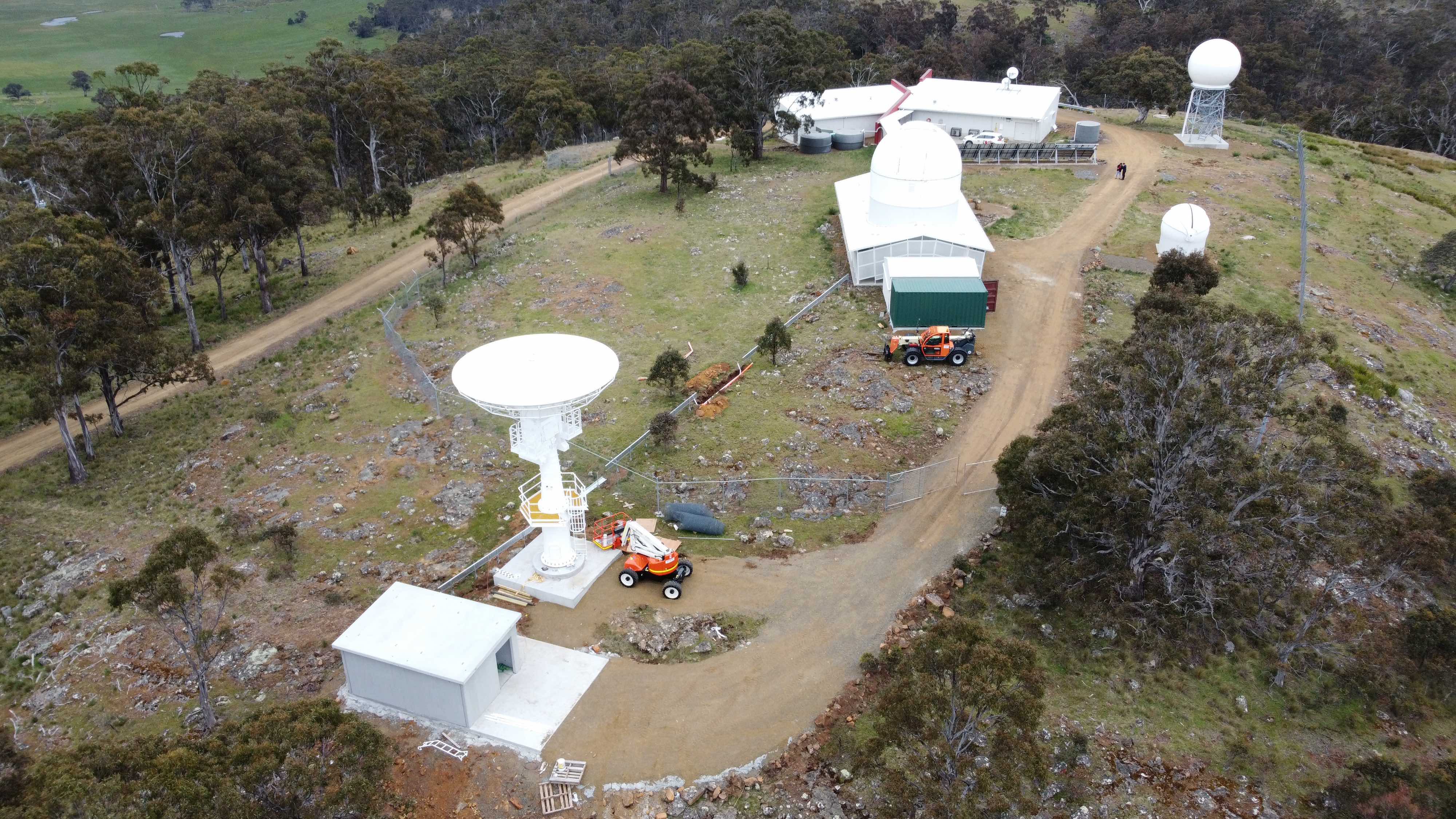University of Tasmania
radio telescopes
UTas operates 6 radio telescopes distributed around the Australian continent. The antennae are used daily for a number of astronomical, geodetic and spacecraft tracking purposes. All radio telescopes are operated remotely from the control room in Hobart.


